Plantains, yuca, yams, veritab …part of our everyday meals in Haiti, these local staples we call vivres alimentaires, show up at breakfast, lunch and dinner alongside our eggs, omelets, meat, fish, poultry, soups, bouillon… In some kitchens, they now even drown them in our soup joumou, tchaka and bouyon tèt kabrit, a practice I did not grow up with.
The meals and dishes above might make it seem like we have a wide repertoire of vivres recipes and that we enjoy those vegetables and roots in more ways than one. But we do not. Though you will find the occasional breakfast porridge prepared with plantain or tuber flours, when it comes to these produce, we seem to limit ourselves to serving the same vivres the same way over and over again. Our main cooking methods involve simply boiling or frying.
I can’t help but wonder why as Haitians, we rarely get creative with those staples.
I myself am guilty of not stepping outside the box often enough in the kitchen. Even though I embarked on a yuca adventure, which you can read all about here, a few years ago and prepared plantain tortillas earlier this month, it hadn’t occurred to me that I could go beyond those recipes with different root vegetables. It took a creative booster from Je Cuisine Creole’s “Pâte à tout faire” for me to realize how much further I could go in my exploration of our vivres. Taking into account Leslie’s suggestions on her blog, I spent the past couple of weeks trying sweet and savory vegetable and tuber-based pastries, pizzas, crackers and more with yuca, plantain and yams as my star ingredients. Each of those tried dishes left in me awe, and with countless recipes to share.
I will, however, serve you my bannann kòde, my flourless pate kòde, Haitian empanadas, first.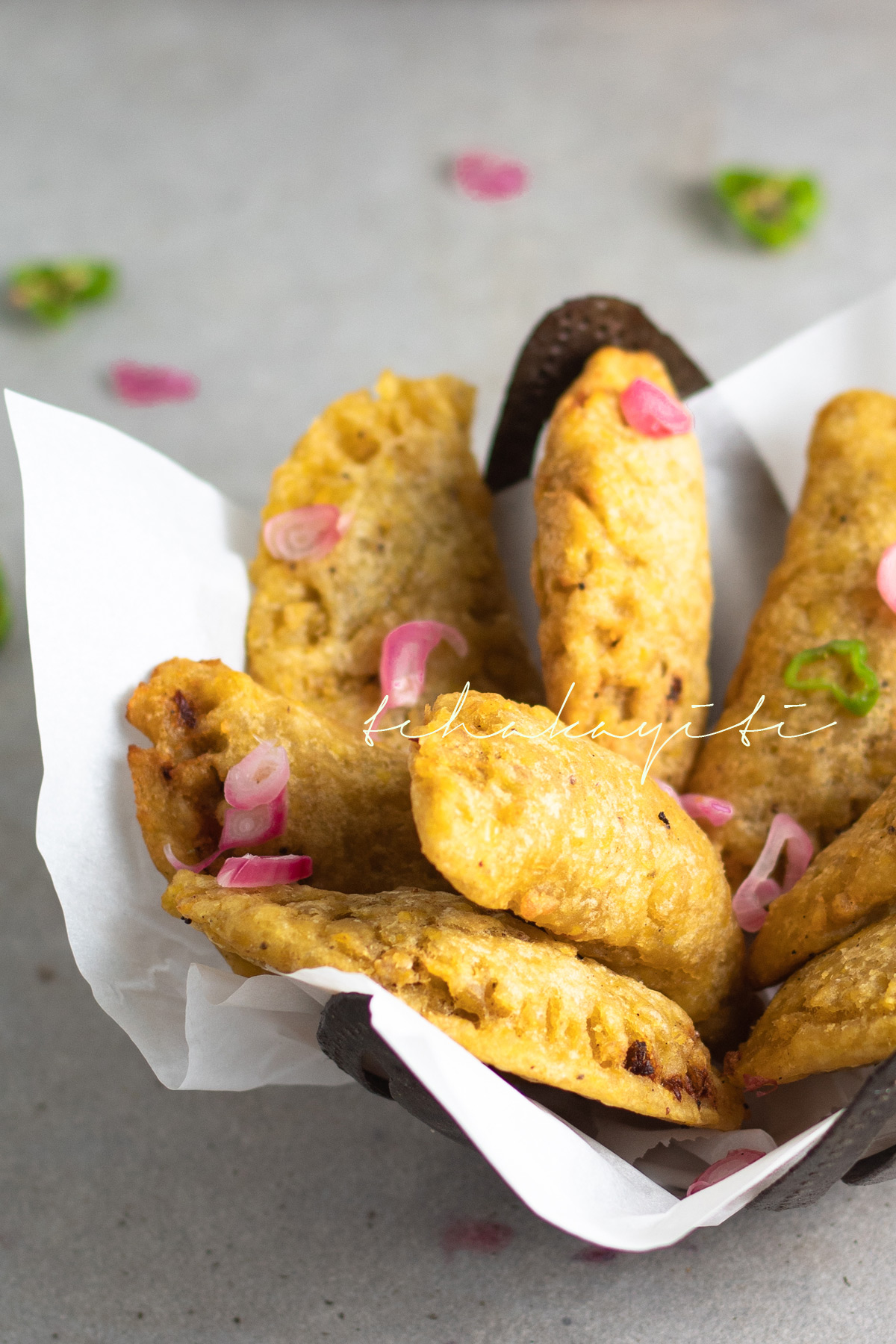
Crispy, juicy and permeated with the aransò, my golden bannann kòde, which are akin to empanadas, can compete with their flour counterpart. Most of us would probably never think it possible to successfully prepare flourless pate kòde let alone empanadas. Yet these bannann kòde prove different. I chose to start with this popular street food for that reason. This newfound recipe opens the door to endless culinary creations with other contenders like yucas, veritab and yams. Having stuffed and fried yucas in a similar fashion with blue cheese, I know the aransò will complement them perfectly.
That said, as I look back on those past few weeks in my kitchen, I can’t help but wonder what would happen if we reinvented some of our local staples.
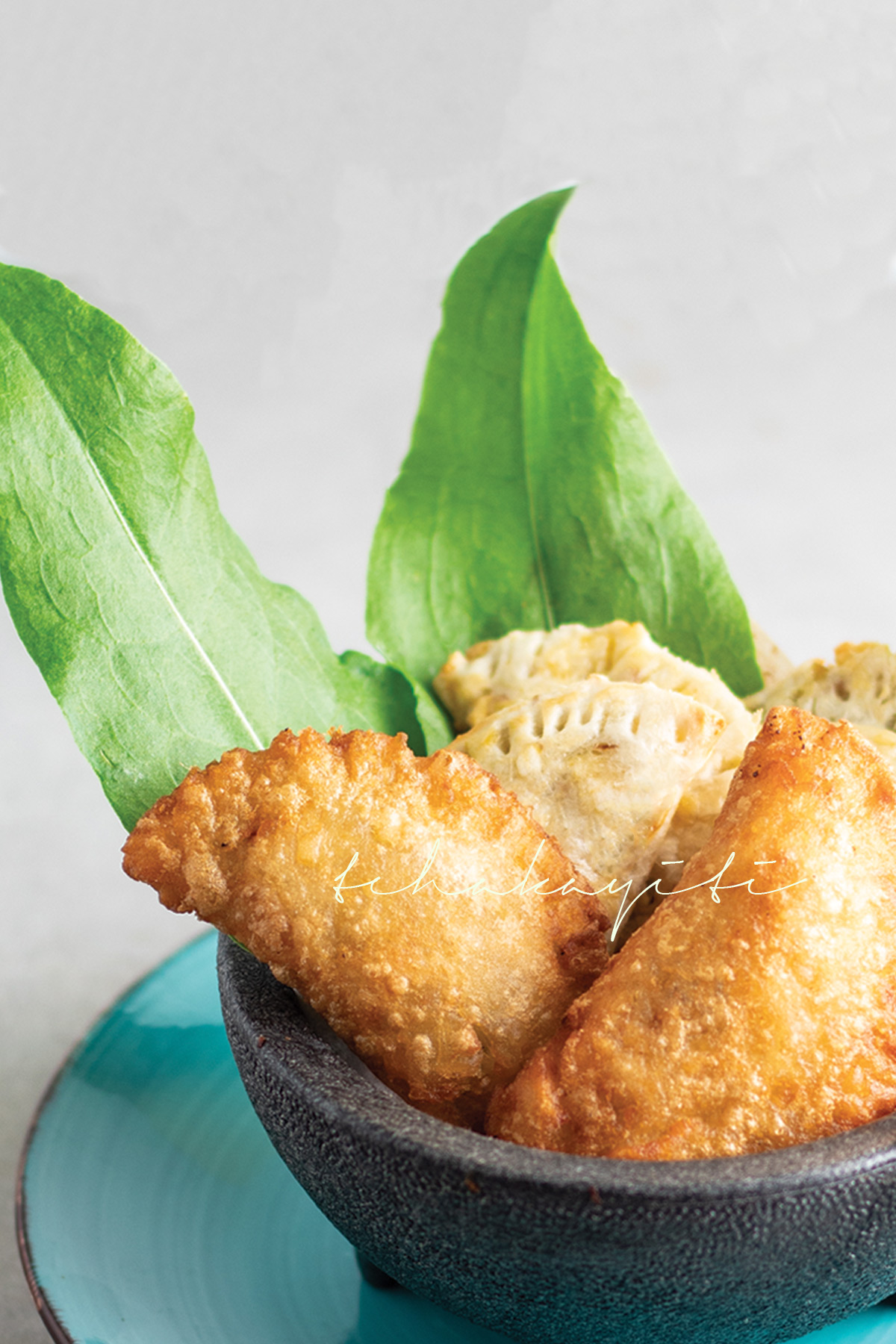
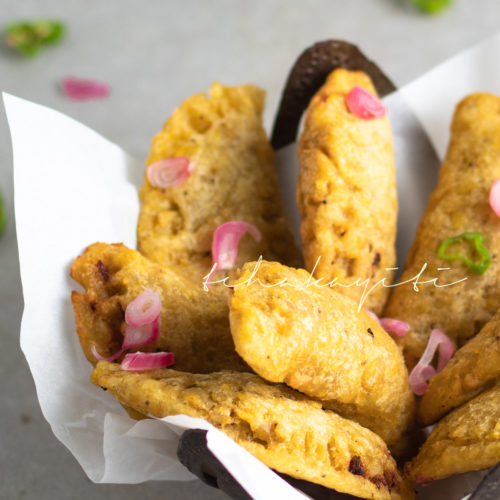
Bannann kòde, Haitian flourless plantain empanadas
Ingredients
For the herring stuffing
- 2-3 aransò filet salted smoked herring
- 1-2 garlic cloves chopped
- ¼ tsp whole peppercorn
- ½ to mato chopped
- ½ chopped piment bouc
- 3-4 shallots cloves chopped
- 1 tbsp of oil
For the plantain crust
- 2 green plantains
- Salt & Pepper to taste
- ¼ cup of water
Instructions
For the herring stuffing
- Soak the herring in water for a few hours to reduce the sodium
- Discard the water and cut the herring into chunks
- Heat about 1 tbsp of oil in a pan
- Add the garlic and cook until translucent
- Incorporate the herring, season with peppercorn and piment bouc
- Cook for a bout 5 minutes, then add the chopped tomato
- Simmer on low until the tomatoes release their juice
- Turn off the heat and mix in the shallots
- Set aside to cool
For the plantain crust
- Wash your plantains and cut them into chunks (about 3 chunks per plantain)
- Transfer the chunks to a pot filled with water
- Bring to a boil and cook thoroughly
- Discard the cooking water and let cool
- Once cool enough to handle, remove the peel
- Using a masher or food processor, mash the cooked chunks until all lumps are gone and the mixture forms into a dough
- Season with salt and pepper to taste
- Shape into a ball. If the mixture doesn’t hold, add some water one teaspoon at a time. Just enough for the “dough” to stick together
- Roll out the “dough” and flatten with a humid rolling pin
- Using a cookie cutter, cut the dough into circles
- Drop a small spoonful on each flattened plantain circle and fold into a half moon shape
- Seal the sides using a fork
- Fry your bannann kòde in hot oil until golden
- Serve warm

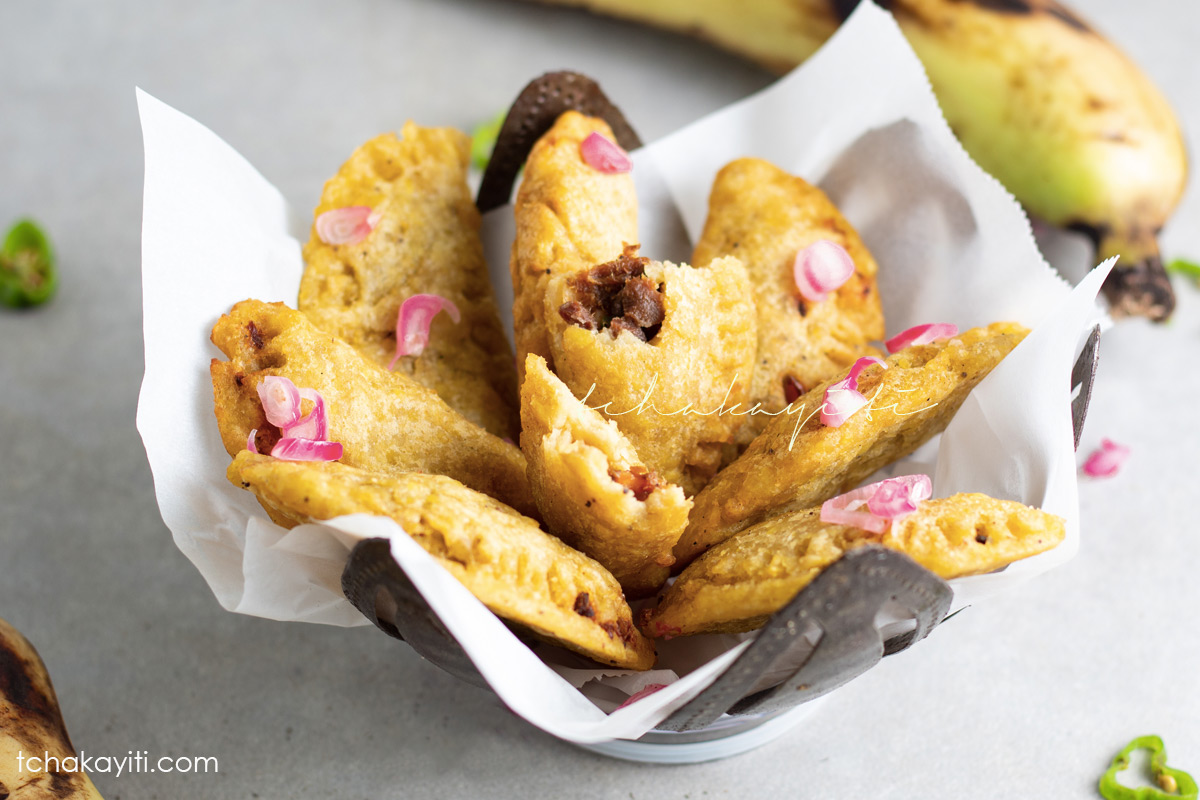


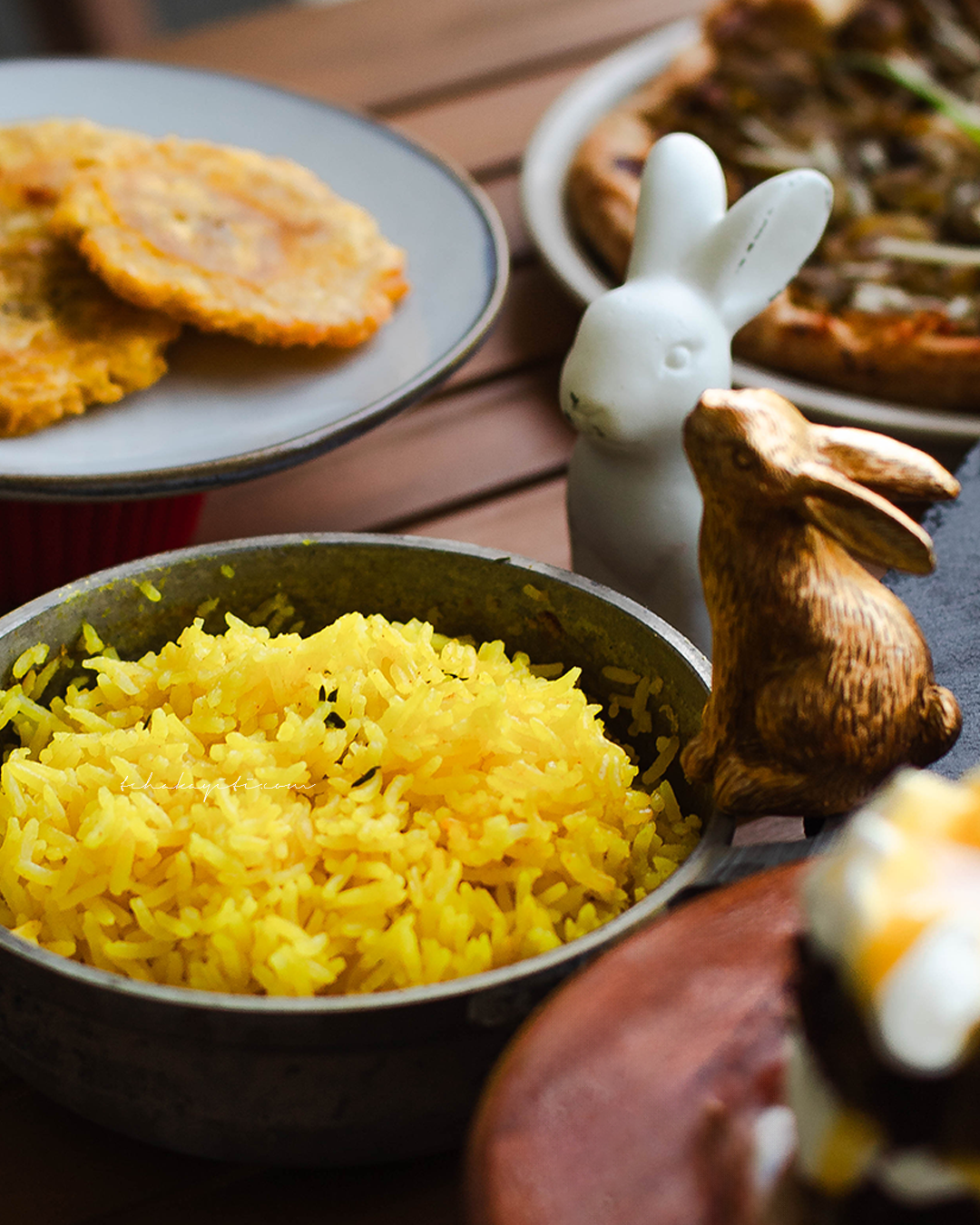
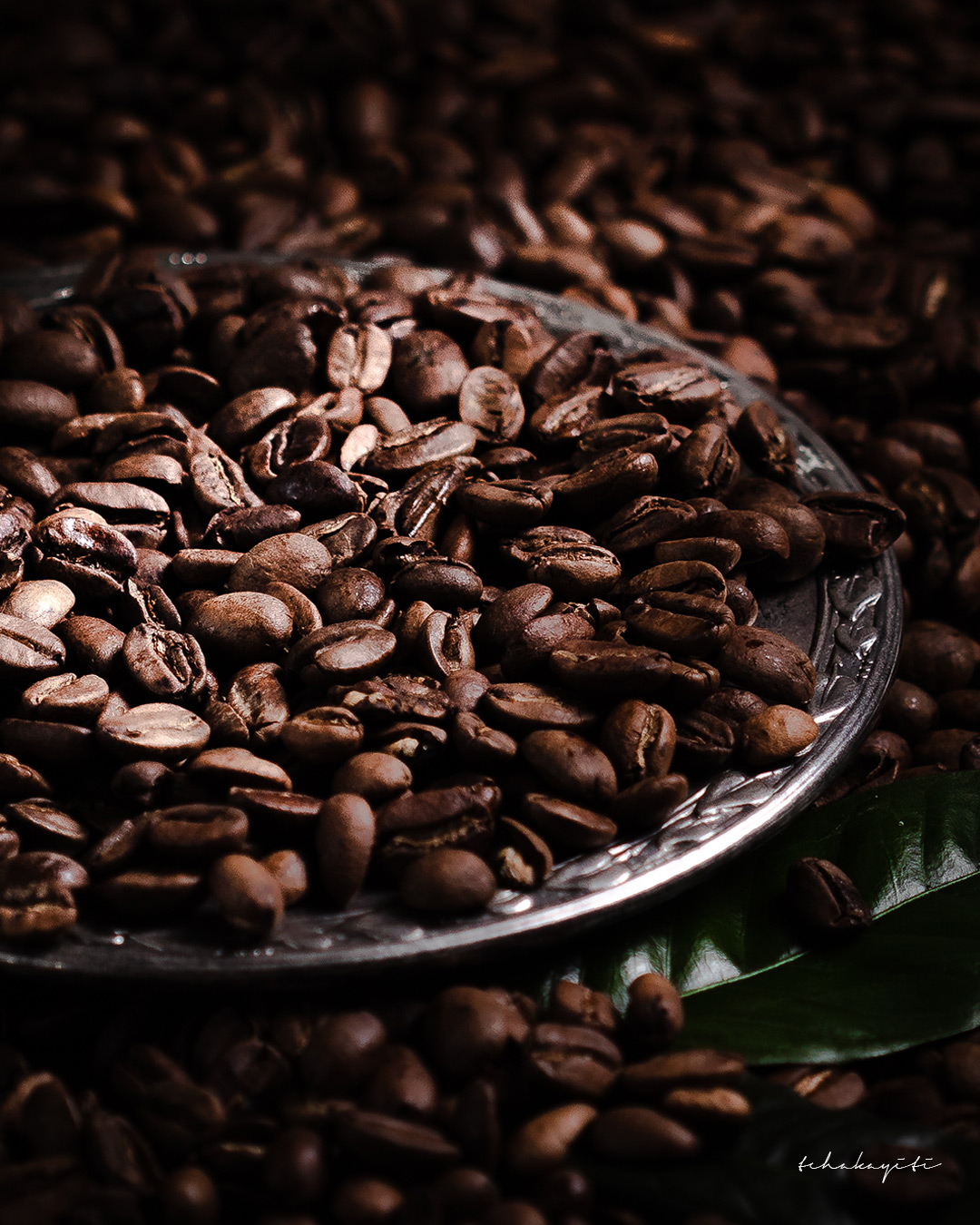
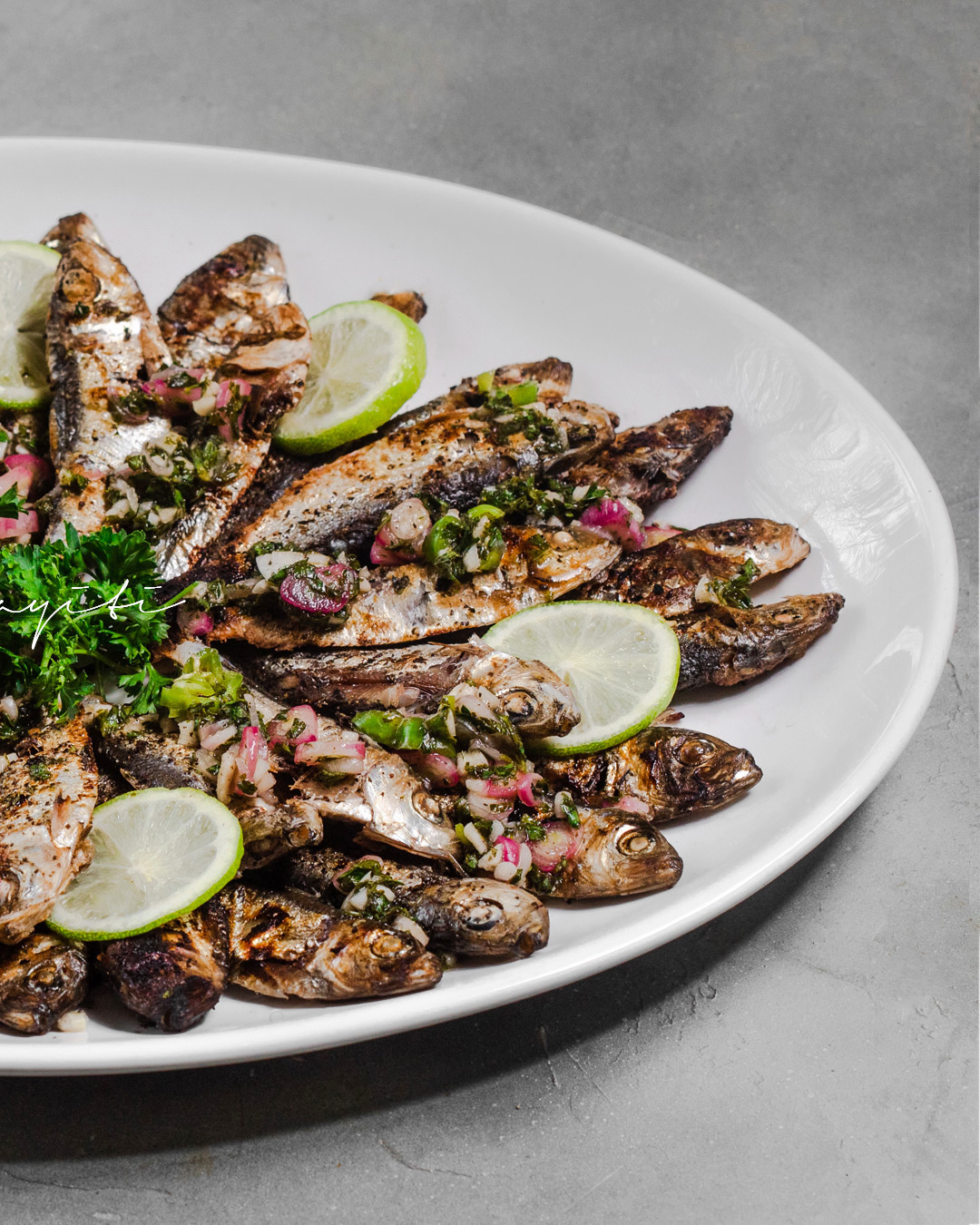

6 Comments
Thanks For Sharing this amazing recipe. My family loved it. I will be sharing this recipe with my friends. Hope the will like it.
Thank you for the recipe! Do you think we can make it with plantain flour as well?
I’ve never tried it, but it wouldn’t hurt to try. Do let me know if you’re able to make it work
This is a very interesting recipe. Kind of like a banane peze pate. I will try it this week and let know the results.
Hi Audrey, did you make them? I would love to hear your feedback!
Une suggestion egoiste: je pense qu’apres le confinement il faudrait organiser une journee familiale degustative de tous ces nouveaux plats qui titillent les pupilles et papilles